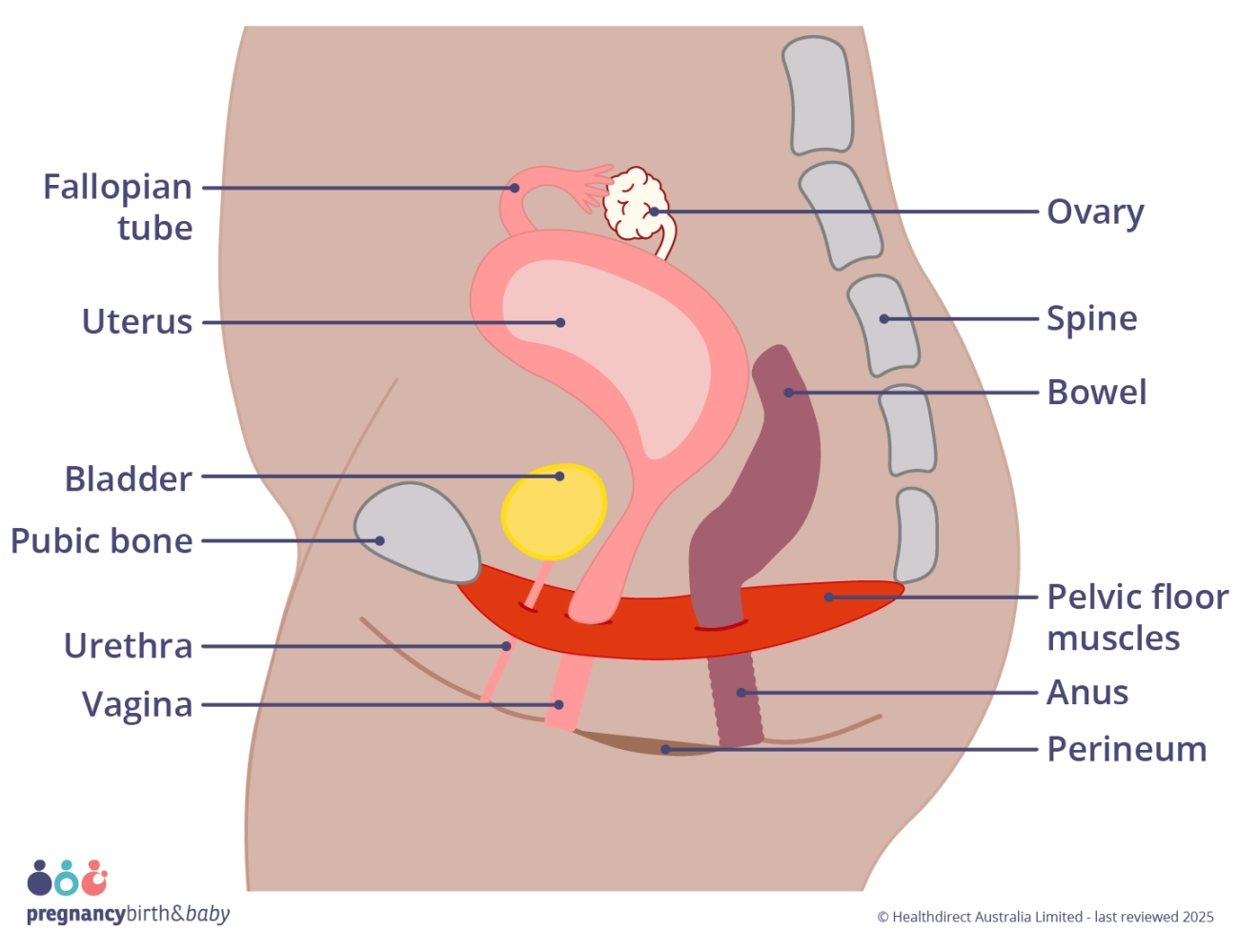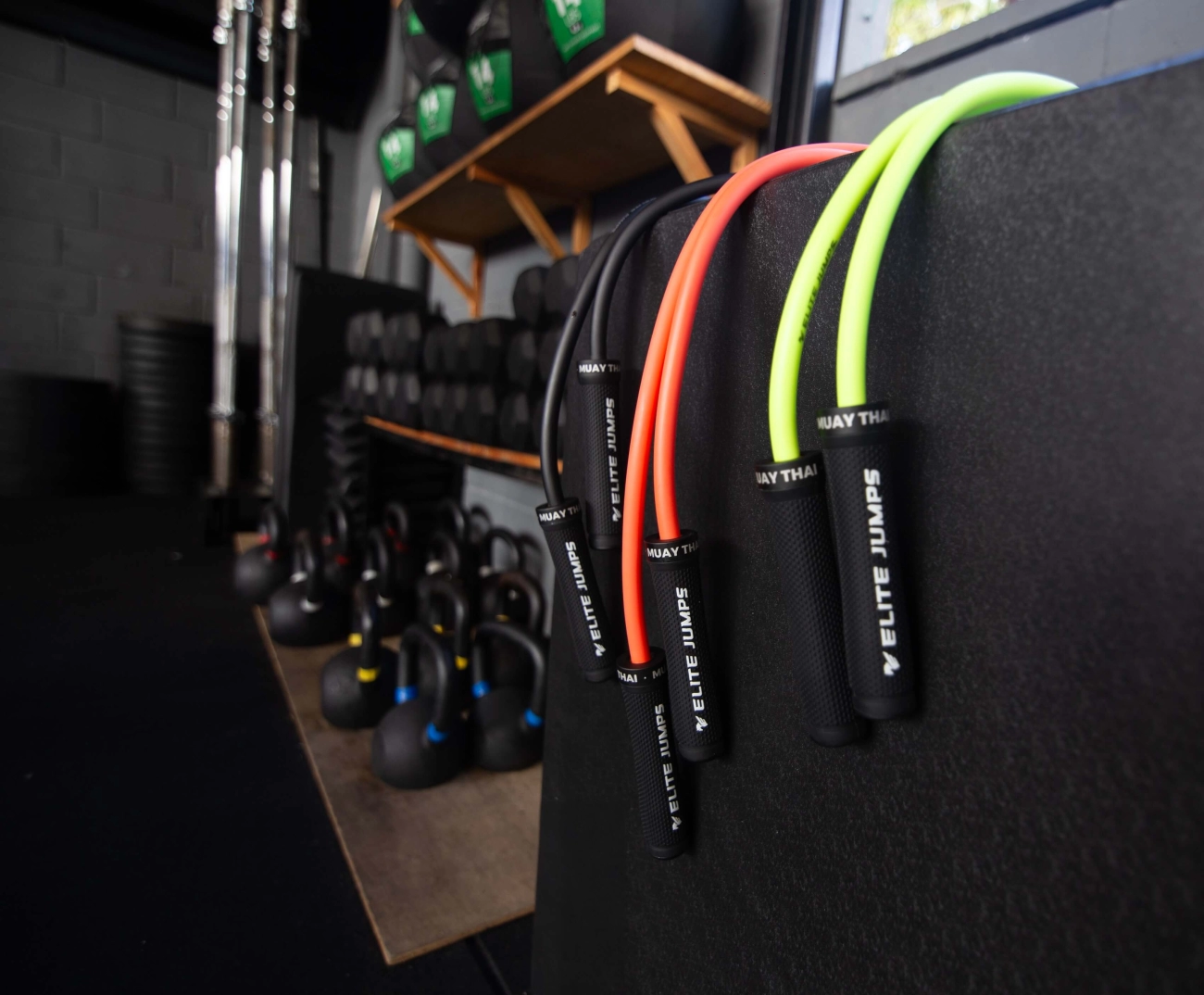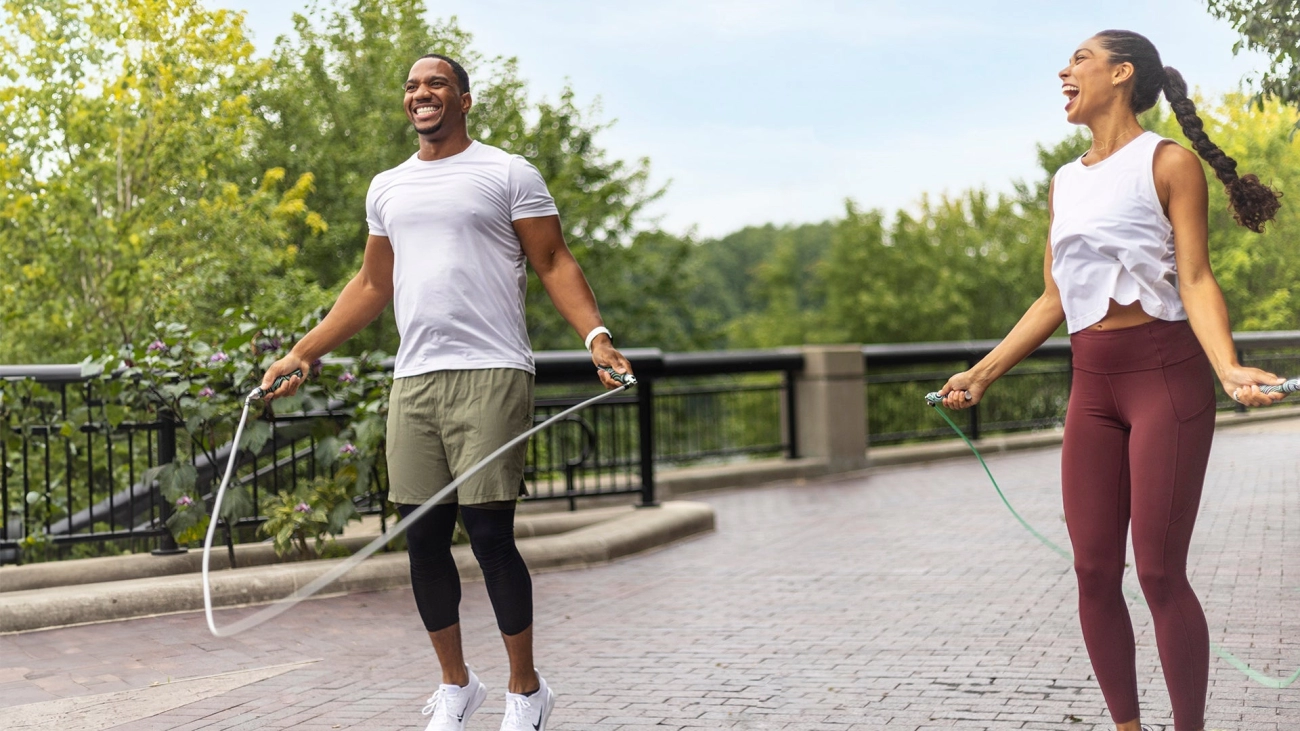What Causes Urinary Leakage When Jumping Rope
Jumping rope is a fantastic high-intensity workout, but it can sometimes lead to urinary leakage, a common concern especially during high-impact activities. The main culprit behind this is the impact of high-intensity, high-impact exercise on the pelvic floor muscles, which play a crucial role in maintaining bladder control.
Understanding Stress Urinary Incontinence
Stress Urinary Incontinence (SUI) happens when physical movements — such as jumping, running, or lifting — put sudden pressure on the bladder. This pressure can overwhelm the pelvic floor muscles, causing involuntary leakage. Typical triggers include:
- Jumping rope or other high-impact workouts
- Sneezing or coughing
- Lifting heavy objects
Symptoms often include a small amount of urine leakage during exercise or everyday activities that increase abdominal pressure.
Pelvic Floor Muscles and Bladder Control
The pelvic floor muscles act like a natural support hammock around the bladder and urethra, helping to keep the bladder closed until you’re ready to urinate. When these muscles weaken or are strained, they can’t provide adequate support. This makes activities like jumping rope more likely to cause leakage.
Common Contributing Factors for Urinary Leakage
Several conditions and lifestyle factors can weaken pelvic floor strength or increase bladder pressure during vigorous exercise, including:
- Childbirth: Vaginal delivery can stretch and weaken pelvic muscles.
- Aging and Menopause: Natural hormonal changes reduce muscle tone and bladder elasticity.
- Increased Abdominal Pressure: Activities that increase pressure inside the abdomen, like intensive jump rope sessions.
- Bladder Irritation or Overactivity: Sometimes the bladder can be over-sensitive, causing urgency and leakage.
- Poor Hydration Timing: Drinking too much or too little water right before workouts can affect bladder control.
Understanding these causes helps in finding practical solutions to manage and prevent urinary leakage during jump rope workouts. Taking care of pelvic floor strength and workout habits goes a long way in maintaining confidence and comfort.
Who Is More Likely to Experience Peeing When Jumping Rope
Urinary leakage during jump rope workouts happens more often in certain groups. Understanding who is at risk can help you recognize if this issue applies to you and take steps to manage it.
Women Especially Postpartum and Menopausal
Women are much more prone to stress urinary incontinence and exercise-related leakage. This is mainly due to changes in pelvic floor muscles caused by:
- Childbirth: Vaginal delivery can weaken pelvic floor muscles and connective tissues, making it harder to control bladder pressure during high-impact moves like jumping rope.
- Menopause: Hormonal changes reduce muscle tone and pelvic strength, increasing the likelihood of bladder control issues.
- Postpartum recovery: The healing period after giving birth is critical, and jumping into high-impact workouts too soon can trigger leakage.
Athletes and Fitness Beginners Increasing Workout Intensity Too Quickly
Anyone who ramps up intensity rapidly—especially with high-impact exercises like jump rope—can experience urinary leakage. This is often because:
- The pelvic floor muscles haven’t adapted to sudden increases in jump rope workout bladder leakage.
- Beginners might be unaware of the need for pelvic floor exercises for bladder control to support their new routine.
- Overdoing it without proper technique or gradual progression puts extra pressure on the bladder.
Older Adults and Those with Prior Pelvic or Urinary Conditions
As we age, pelvic floor muscles naturally weaken, making exercise-induced urinary incontinence more common. If you have:
- A history of pelvic surgery or injuries,
- Diagnosed pelvic organ prolapse,
- Chronic urinary conditions,
you are at higher risk of leaking urine while jumping rope or doing similar activities.
Knowing if you fall into these groups can help you address symptoms early and adjust your jump rope routine accordingly. Combining pelvic floor strengthening with proper jump rope technique and equipment can make a big difference.
How Jump Rope Technique and Equipment Affect Urinary Leakage
When it comes to pee leakage while jumping rope, the way you jump and the gear you use play a big role in how much stress your pelvic floor takes.
Impact Force and Jump Control Techniques
Every jump creates impact that pushes down on your pelvic floor muscles. If you’re landing hard or with poor form, this increases the pressure on your bladder, leading to leakage. To reduce this:
- Land softly on the balls of your feet, not flat-footed or with heavy stomps.
- Keep your jumps low and controlled — high or bouncy jumps increase impact.
- Maintain good posture with a slight bend in the knees to absorb shock naturally.
Importance of Shock Absorption With Footwear and Surface
Proper shock absorption helps lessen the force traveling through your body and pelvic floor:
- Wear quality athletic shoes with good cushioning designed for impact activities.
- Avoid hard, unforgiving surfaces like concrete. Use rubber gym mats or wooden floors when possible.
- JumpRopeWholesale offers ropes designed for smooth workouts, but pairing them with the right shoes and surface is just as important.
Role of Jump Rope Design and Length in Controlling Workout Intensity
The right jump rope can help you control your pace and reduce sudden bursts of high impact that stress your pelvic floor:
- A rope that’s too long or too short forces awkward movements, increasing bladder pressure.
- Adjustable ropes tailored to your height allow for smoother, more consistent jumps.
- JumpRopeWholesale’s quality PVC and beaded ropes provide durability and smooth rotation, helping you maintain rhythm and reduce jerky movements, which can trigger urinary leakage.
By focusing on jump technique, cushioned footwear, appropriate surface, and proper rope selection, you can greatly reduce the stress on your pelvic floor and manage or avoid pee leakage during your jump rope workouts.
Prevention and Management Strategies for Peeing When Jumping Rope

Peeing when jumping rope is common, but there are smart ways to manage and reduce it. Here’s how you can take control and keep your workouts confident and comfortable.
Strengthen Your Pelvic Floor Muscles
Pelvic floor exercises, especially Kegels, are the foundation for controlling urinary leakage. These muscles support your bladder and help prevent stress urinary incontinence during high-impact moves like jumping rope.
- Start by squeezing your pelvic muscles as if you’re stopping urine midstream.
- Hold for 5 seconds, then relax for 5 seconds.
- Repeat 10-15 times per session, 3 times daily.
- Gradually increase hold times and reps as your strength improves.
Beyond Kegels, consider adding pelvic tilts and bridges to build overall core support, which lessens pressure on the bladder during exercise.
Manage Hydration Smartly Before Workouts
How and when you drink matters. Overhydration close to workout time can increase bladder pressure, while dehydration can irritate the bladder and worsen leakage.
- Aim to drink most fluids at least 1 hour before jumping rope.
- Limit intake within 30 minutes prior unless you feel genuinely thirsty.
- Monitor bladder signals to avoid a full bladder during workouts.
Balancing hydration supports bladder control while keeping you energized.
Progress Your Workout Intensity Gradually
Jump rope is intense. Sudden jumps in workout duration or impact can overwhelm pelvic floor muscles.
- Increase workout time and intensity slowly, giving your body time to adjust.
- Include rest days for muscle recovery.
- Mix in less intense jump rope sessions like slower rhythms or alternating feet to lessen pelvic floor stress.
This gradual approach helps build endurance and minimizes leaks caused by overloading muscles too fast.
Use Protective Pads and Specialized Athletic Underwear
For extra peace of mind during workouts, wearing protective pads or leak-proof athletic underwear can be a game changer.
- Choose thin, breathable pads designed for active use.
- Athletic underwear made with moisture-wicking fabrics offers discretion and comfort.
These products manage unexpected leaks without interfering with your movement or confidence.
Try Low-Impact Jump Rope Routines or Alternatives
If leakage persists despite strengthening and management:
- Switch to low-impact jump rope exercises, such as one-foot hops or slower jumps.
- Consider alternative cardio workouts like swimming, cycling, or walking to reduce pelvic floor strain.
Low-impact options protect your bladder while keeping you active.
Know When to Consult a Healthcare Provider
If you still experience frequent urinary leakage, or notice other symptoms like pelvic pain, pressure, or discomfort, it’s time to see a professional.
- Early evaluation can rule out or treat conditions like pelvic organ prolapse or bladder overactivity.
- A healthcare provider can recommend personalized pelvic floor therapy or medical interventions.
Don’t hesitate to get expert help – effective treatments are available to improve your quality of life.
By combining pelvic floor training, smart hydration, gradual workout progression, and supportive gear, you can effectively manage pee leakage when jumping rope. Staying proactive makes all the difference for a confident, enjoyable fitness routine.
Additional Tips for Confident Jump Rope Workouts and Managing Urinary Leakage

Jump rope workouts can be fun and effective, but managing pee leakage during workouts is important for confidence and comfort. Here are some practical tips to help you stay in control and enjoy your training:
Clothing Recommendations for Comfort and Discretion
- Choose moisture-wicking, snug-fitting workout clothes that offer light compression. These help keep everything in place and reduce the chance of leakage being noticeable.
- Look for athletic underwear designed for bladder leakage, which can absorb small amounts discreetly without bulk.
- Avoid loose or lightweight bottoms that don’t provide support, as this might make leakage more obvious or uncomfortable.
Pre-Workout Bladder Emptying Routines
- Always empty your bladder right before you start jumping rope. This simple step significantly lowers the odds of accidental leakage.
- Manage hydration by drinking enough throughout the day but avoid large amounts of fluids 30-60 minutes before your workout, especially if you notice increased urgency.
- If your bladder feels full during training, take breaks to relieve yourself rather than pushing through discomfort, which can increase bladder irritation and leakage risk.
Using JumpRopeWholesale Gear for an Enjoyable and Controlled Workout
- Select jump ropes from JumpRopeWholesale that are designed to reduce impact and help you maintain smooth, controlled jumps. Their quality materials provide excellent shock absorption, easing stress on pelvic floor muscles.
- Properly sized ropes and grips help avoid overexerting yourself, which can trigger exercise-induced urinary incontinence.
- Invest in ropes with adjustable lengths suited to your height and skill level. JumpRopeWholesale offers a range of durable and comfortable jump ropes ideal for anyone working to prevent bladder leakage while improving fitness.
By combining smart clothing choices, good bathroom habits, and the right gear, you can jump rope with more confidence and less worry about urinary leakage. These simple adjustments make a big difference in managing stress urinary incontinence related to your workouts.
When to Seek Medical Help for Urinary Leakage and Pelvic Floor Issues
It’s normal to experience occasional pee leakage when jumping rope or during other high-impact exercises, but it’s important to know when this signals something more serious. If you notice signs of pelvic floor dysfunction beyond normal leakage, it’s time to get medical advice.
Signs That Need Medical Attention
- Frequent or sudden urinary leakage that interferes with daily activities
- Pain or discomfort in the pelvic or lower abdominal area during or after exercise
- A feeling of heaviness or pressure in the pelvis that doesn’t go away
- Difficulty fully emptying your bladder or frequent urges to urinate
- Leakage even when you’re not exercising, especially with coughing or sneezing
- Visible or noticeable bulging in the vaginal or rectal area (possible pelvic organ prolapse)
Possible Underlying Health Conditions
Sometimes, what feels like regular exercise-related leakage might hide more serious issues, such as:
- Urinary tract infections (UTIs) causing irritation and sudden urges
- Pelvic organ prolapse, where pelvic organs shift and stress the bladder or urethra
- Overactive bladder or nerve-related bladder problems
- Chronic pelvic floor muscle weakness or damage from childbirth or surgeries
Available Medical Interventions and Therapies
If symptoms persist, healthcare providers can offer treatments like:
- Pelvic floor physical therapy focusing on strengthening and coordination
- Prescription medications to manage bladder overactivity
- Use of medical devices such as pessaries for pelvic organ support
- In some cases, minimally invasive surgery to correct prolapse or severe urinary incontinence
Early intervention is key for managing stress urinary incontinence and exercise issues effectively. Don’t hesitate to consult a urogynecologist or pelvic floor specialist if you’re experiencing troubling symptoms. Proper diagnosis and tailored therapy can help you get back to enjoying your jump rope workouts confidently and comfortably.



